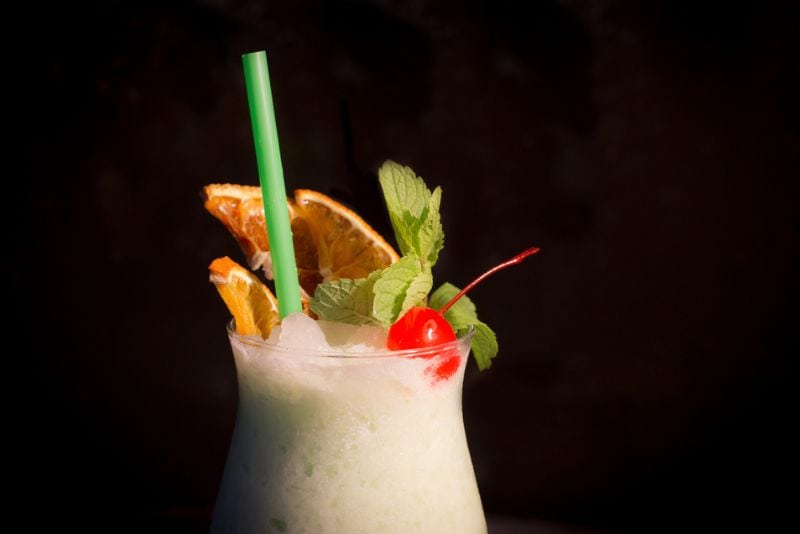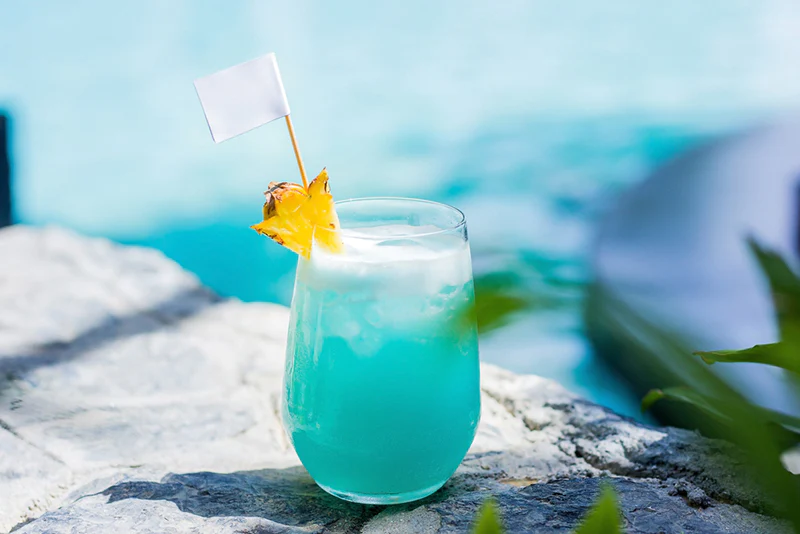Regarded as the godfather of all “green fairy” elixirs, Pernod Absinthe is a spirit like no other, and is distilled even now on the very edge of France.
Favoured by artists, writers and bohemians alike, the streets of Paris came alive every evening in the late 19th century once absinthe began to flow freely. Often portrayed and embraced as a hallucinogenic, it was banned across much of Europe before experiencing a revival in the western world in the early 1990’s. Even now, absinthe is still that of an urban legend and although it should generally be approached with caution, not all absinthe was made equally.
While native to Europe, the key ingredient found in absinthe is wormwood, and it grows readily across various climates, including parts of Asia, Africa, South America, and the United States. Wormwood is naturally rich in thujone, a chemical compound allegedly believed to trigger inexplicable transformations of the mind.
However in today’s marketplace, there’s plenty of distillers that sell absinthe products that don’t actually have any of the original ingredients as a part of their recipes. Thus, if you’re trying to separate the good from the bad, one of the most highly regarded brews are those produced under the Pernod Absinthe banner.
MEET THE GODFATHER OF MODERN ABSINTHE
Pernod Absinthe Superieure is commonly regarded as the world’s best absinthe being distilled and manufactured today, and the company has well and truly set the benchmark for absinthe production on a global scale. Originally brewed in Marseille as early as 1805, the original recipe was brought back to life in 2013 for the French – and in fact, the world – to embrace and revere once more.
However, the brand’s roots can be traced as far back as the 1790’s. Legend has it that it was during this time in Switzerland that Doctor Pierre Ordinaire had managed to create a distilled patent medicine, which would go on to represent the earliest origins of the drink. The recipe then came into the hands of Henri Louis Pernod through the means of a business deal, and in 1797, he and his business partner Daniel-Henri Dubied opened the first absinthe distillery in Couvet, Switzerland.

In 1805, Pernod later went on to build a larger facility in Pontarlier, France. This set the stage that would cause the sleepy community of Pontarlier to eventually emerge as the home of a whopping twenty eight separate commercial absinthe distilleries, and the world’s centre of absinthe production during the golden era of absinthe consumption. Pernod Fils, as the brand was then called, became the dominant market player, and inspired a string of knock offs that attempted to ride on the coattails of the absinthe pioneer. Albeit with names like “Pernot”, “Parrot” and “Pierrot”, the imitators were not very subtle about their endeavours.
By 1910, France was consuming over 36 million litres of absinthe every year. Since the wine industry employed one in six people, the competition was causing more than its fair share of economic friction. Hiding behind the alleged psychosis that absinthe consumption seemed to induce – which oddly enough, bore similarities to generalised alcoholism – absinthe production was outlawed by the French government in 1915. Thankfully, Pernod Fils had the means to simply change gears and to focus on brewing and distilling other spirits.
By the time that those same wormwood based laws relaxed in 1988 right across Europe, Pernod and long time rival Ricard had already merged in 1975. Rebranded as Pernod Ricard, the company had managed to climb to the top and become the world’s second largest wine and spirits producer. When absinthe began to once more fall into favour with consumers around the globe, Pernod Ricard went back to the drawing board and released “Pernod With An Extract Of Absinthe” in 2006.
Although their initial product release was considerably lower in alcohol content than what traditional absinthe brews were, other countries such as the United States also slowly began to relax their laws linked to wormwood and thujone levels in alcohol. In 2013, Pernod Ricard finally returned to their original formula, and Pernod Absinthe was released in all its former glory. Then and now, the brand calls itself the “original absinthe,” as a nod to its founder Henri-Louis Pernod who helped create the first commercial absinthe distillery in 1798.
When it comes to dancing with the green fairy a la Paris style, consumers and critics alike seem to agree that Pernod Absinthe is regarded as one of the world’s best offerings. Considering the alcohol content alone, it’s certainly not a brew for the faint hearted – however, there’s no denying that the controversy and mystique are all a part of absinthe’s appeal, and the global curiosity doesn’t look to be diminishing anytime soon.




